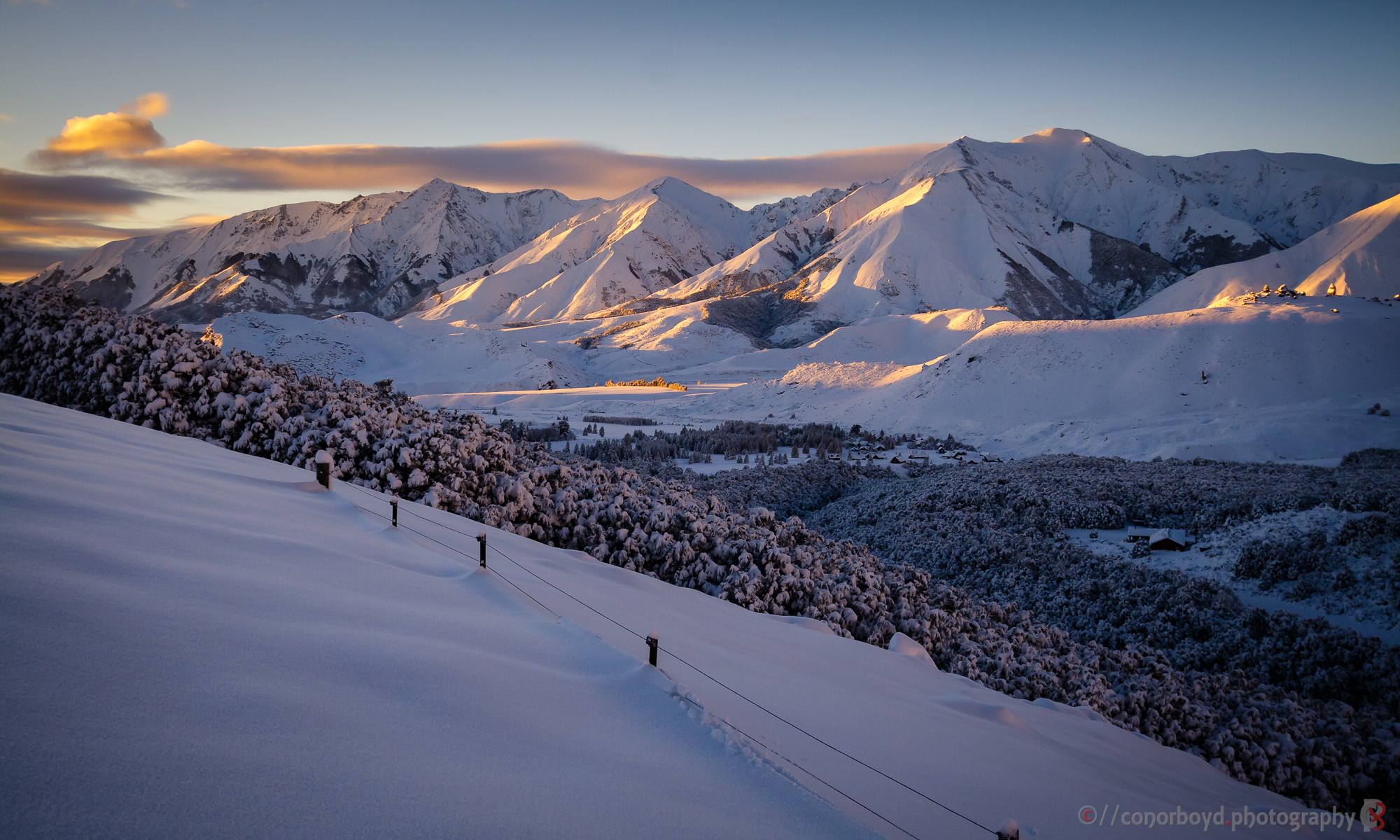Homes in the village are generally required to meet the Castle Hill Mountain Village Design Rules.
A number of existing home owners have contributed unofficial design suggestions (e.g. design considerations to cope with climatic extremes etc at Castle Hill) that new owners may like to consider.
Design Approval
New house designs must be approved by the Design Assessment Committee which consists of John Reid and a representative of the CHCA. This approval must be gained before submission of building plans to Selwyn District Council for consent.
To start the process of gaining approval from the Design Assessment Committee, please submit a set of plans to John Reid using the form here.
Plants
The following plants are suggested (and can be found in Village reserves, gardens and / or the local environment).
| Trees | |
|---|---|
| Red Beech | Fusospora fusca |
| Black Beech | Fusospora solandi |
| Mountain Beech | Fusospora cliffiortioides |
| Kaikawaka/Pahautea | Libocedrus bidwillii |
| Halls Totara / Mountain Totara | Podocarpus cunninghamii (formerly P. hallii) |
| Ribbonwood | Plagianthus regius |
| Broadleaf | Griselinia littoralis |
| Mountain Ribbonwood / Lacebark | Hoheria lyalii |
| Manuka | Leptospermum scoparium |
| Mountain Toatoa | Phyllocladus asplenifolius var alpinus |
| Kowhai | Sophora microphylla |
| Kohuhu | Pittosporum tenuifolium |
| Lancewood | Pseudopanax crassifolius |
| Cabbage tree | Cordyline australis |
| Shrubs | |
|---|---|
| Weeping Matipo | Myrsine Divaricata |
| Mingiminga | Coprosma propinqua |
| Matagouri | Discaria toumatou |
| Karamu | Coprosma lucida |
| Dracophyllum | Dracophyllum longifolium |
| Prostrate/Snow Totara | Podocarpus nivalis |
| Heketara, Tree Daisy | Olearia rani |
| Common Tree Daisy | Olearia arborescens |
| Mountain Akeake | Olearia avicenniifolia |
| Hakeke / Mountain Holly | Olearia ilicifolia |
| Hebe Odora | Hebe buxifolia |
| Mountain Flax | Phorium cookianum |
Please consider long term effects on shading and the view, for both your own section and that of your neighbours, when choosing your plantings.
Historically trees have been planted to play a large part in the development of an alpine character within the Village reserves. However most of the quick growing exotic pines in the village are now classified as pests and are actively being phased out with native replacements.
Impacts of Trees
| Favourable | Adverse |
|---|---|
| Alpine appearance | Blocking sun |
| Shelter from wind | Shading |
| Softening lines | Blocking views |
| Improved aesthetics | Potential for damage to property |
| Shade in summer | Wind funnelling |
| Increased Bird life in Village | Frosting |
| Frost/Snow retention as part of winter beauty | Fire potential |
| Play spaces for younger children |
The trees in the Village are therefore being pro-actively managed to, where possible, maximize the favourable aspects but also minimize the adverse impacts.
Plants to avoid
Please be aware that certain plants now appear on the ECAN Canterbury Regional Pest Management Plan 2017-2037 which classifies the following introduced conifer tree as pests.
| Introduced conifer trees | |
|---|---|
| Bishops Pine | Pinus muricata |
| Contorta (Lodgepole) Pine | Pinus contorta |
| Corsican Pine | Pinus nigra |
| Douglas Fir | Pseudotsuga menziesii |
| European Larch | Larix decidua |
| Maritime Pine | Pinus pinaster |
| Mountain (& Dwarf Mountain) Pine | Pinus mugo (& P. uncinata) |
| Ponderosa Pine | Pinus ponderosa |
| Radiata Pine | Pinus radiata |
| Scots Pine | Pinus sylvestris |
Please note also that Rowan, Silver Birch, Sycamore and Cotoneaster are also problematic due to their spreading abilities.
The T.E.R:R.A.I.N website offers an excellent list of plants to avoid as does Weedbusters.
Planting
Planting appears to work well if plants are planted in late spring with weekly irrigation and rabbit fencing – allow for growth of the plants with 500 mm diameter cages (minimum).
Broom
Broom control is required by Selwyn District Council/ECAN on empty sections, and can/will be enforced.
